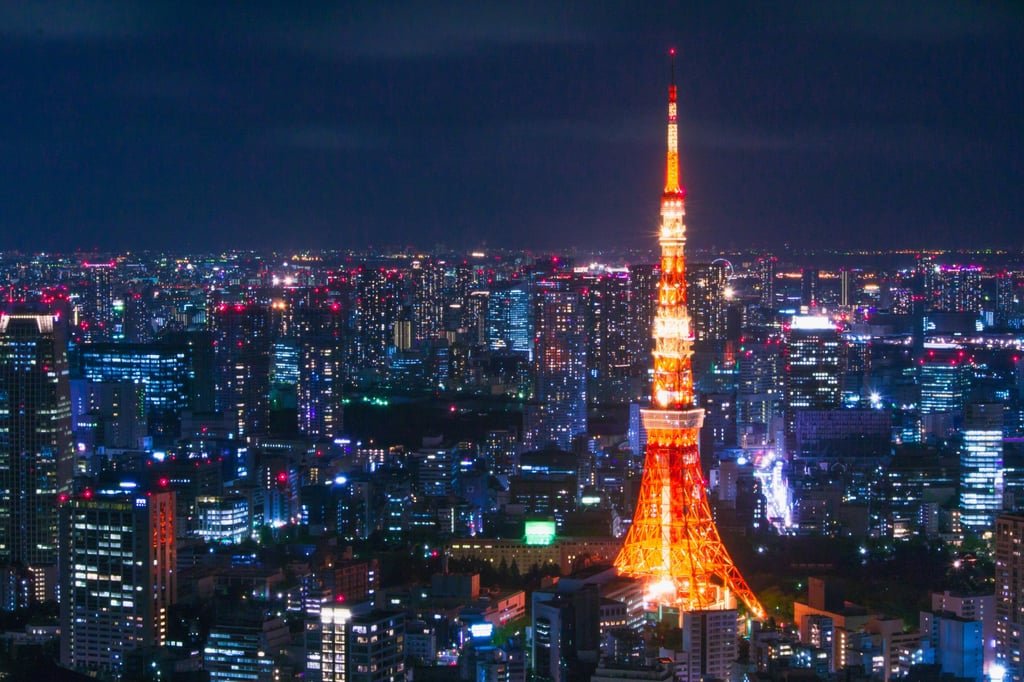Japan’s dynamic capital of Tokyo is one of the top destinations for many global travellers. Last year its alluring mix of old and new – historic temples and museums, lush, cherry-blossom-filled parks and gardens, vibrant business, shopping and entertainment districts and acclaimed restaurants and bars – attracted a record high of more than 19 million visitors.
After dark, the cityscape sparkles as a mass of illuminated towers and futuristic skyscrapers, which run around the clock, and cosy, neon-lit streets dazzle the thronging crowds. It is little surprise that demand for electricity in Tokyo – recorded at 283.6 thousand gigawatt hours in 2021 – is the biggest in the country.

To produce enough electricity to serve the needs of the capital’s public transport system, tourist attractions and thousands of hotels, restaurants and cafes, while striving to reduce greenhouse gas emissions across the country, Japan has turned to liquefied natural gas (LNG) as a reliable solution to both issues.
Lower-carbon energy source powers nation
LNG involves transforming natural gas – one of the traditional sources of energy – into a liquid state through a cooling process. It is the cleanest type of fossil fuel as it produces significantly less carbon dioxide than the burning of coal and oil.
Today LNG is used around the world for heating homes, powering the transport and manufacturing sectors, as well as generating electricity for the energy sector. It is widely considered to be a reliable, affordable and lower-carbon energy source, which supports global efforts to achieve a net-zero future.
Since Japan began importing LNG in 1969, the nation has maintained a high and steady demand for this form of natural gas; only China imports more LNG. In 2022, Japan imported 103 million tonnes of LNG, of which 72 million were used domestically.

